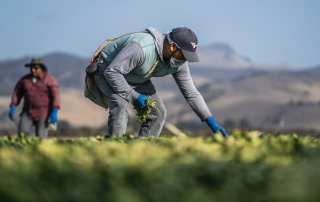Statement of Western Growers on Reagan-Udall Foundation Report on FDA Reform
By Ann Donahue, Western Growers
Following the release of the Reagan-Udall Foundation report on proposed reforms to the Food and Drug Administration’s Human Foods Program, Western Growers SVP of Science, De Ann Davis, issued the following statement:
“We are very pleased and thankful for the expert panel’s dedication to this report. We think it reflects many of the conversations that we’ve had and recommendations that we made, including the need for a single point of leadership for the agency when it comes to human foods program
“We are also appreciative of the panel’s acknowledgement of the need for a prevention focus by the agency when it comes to the safety of the nation’s food. This was the original intention of the Food Safety Modernization Act and we are very grateful for the call to see it re-established. With more than 20,000 farms in California alone that provide produce to the nation, we acknowledge that the best way to continue to achieve food safety is through prevention-based programs rather than compliance.
“We look forward to continuing to collaborate with the FDA on the implementation of these recommendations, as well as working with our Congressional counterparts to find the best strategies to ensure resources for these recommendations.”
The entirety of the report can be read by clicking here.



















